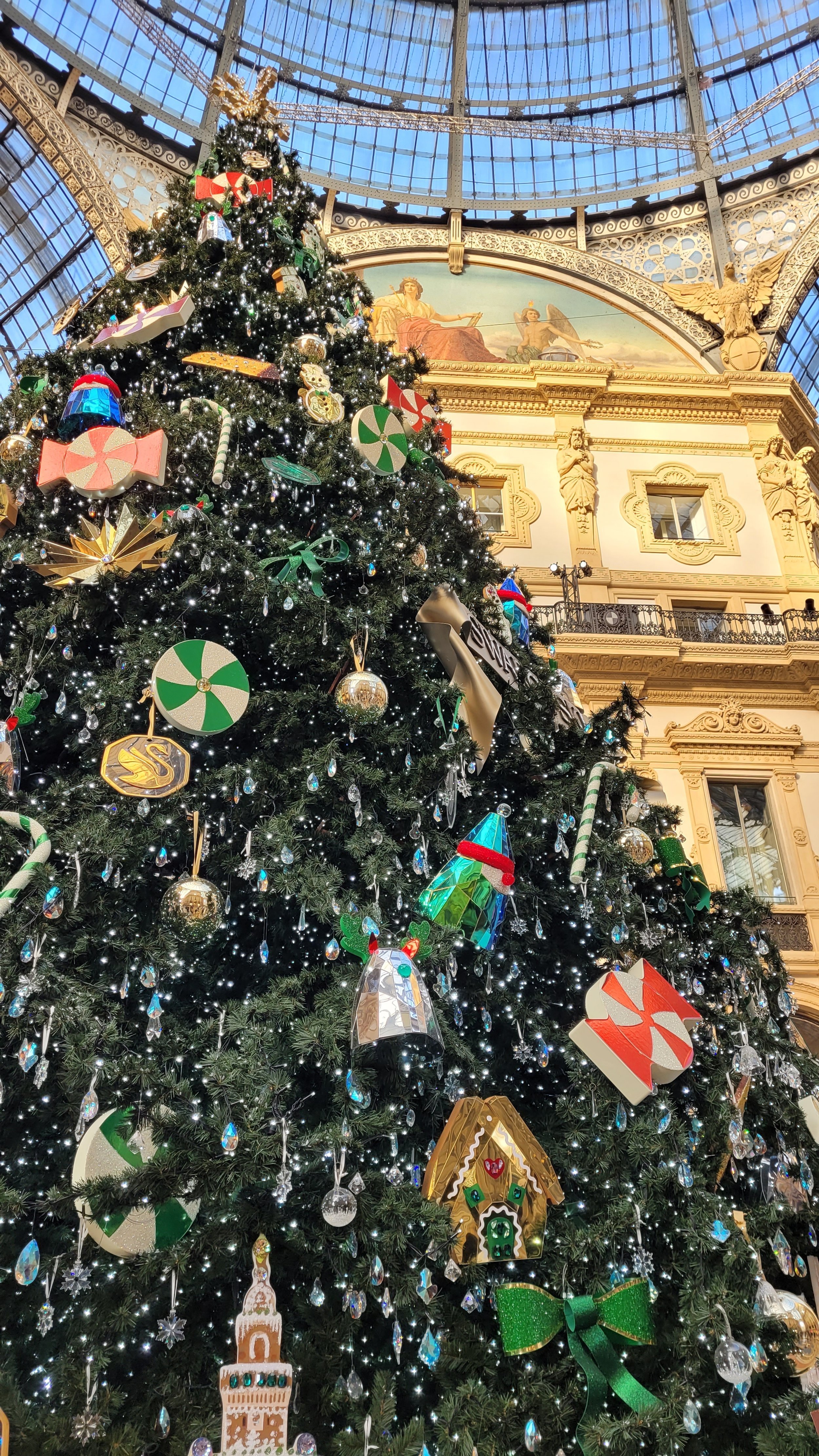THE SWEET ITALIAN CHRISTMAS DEBATE:
Panettone vs. Pandoro, part one
MILAN: THE CAPITAL OF PANETTONE
Obscure Origin
There are a number of fables and legends that seek to nail down the origin of this Christmas sweetbread staple in the Lombardy capital. The earliest accounts date back to Roman times with a leavened cake sweetened with honey, but it wasn’t until the Renaissance that panettone’s roots were firmly placed in Milan and it began its transformation towards the version we know today. A 15th century tale of a Christmas banquet held by Duke Ludovico of Milan during which the dessert planned for it accidentally burned, and a young cook named Toni advised the head chefs to serve it all the same, justifying the burnt crust as intentional. The rave reviews led to calling the charred cake, il pan di Toni. Another theory claims the inventor was a nobleman, Ughetto degli Atellani, who developed a rich, candied bread to win over the daughter of a baker named Toni. A fruitful accident or the by-product of a love story? As a language lover, I tend to look at the etymology of words.
The Democracy of Cake
Panettone comes from the Milanese dialect pan del ton, which means luxury bread. Luxury because circa 1395, wheat was hard to come by and the raisins added to it signified a wish of prosperity for the coming year. Records from the 16th century indicate that Milanese bakers used to make panettone in the weeks leading to Christmas, when they would break from the traditional habit of baking white bread solely for rich customers and millet bread for poorer ones. Panettone was distributed to rich and poor alike during the holidays. It wasn’t until the 20th century though that Angelo Motta gave panettone its dome shape, making it taller than it is wide, thanks to letting it rise three times.
An artisanal panettone made in Toronto at SUD Forno Produzione e Spaccio.
Photo courtesy of Gruppo Terroni
Time-Honoured Tradition
Overall, the preparation of artisanal panettone is best reserved for the experts with years of experience as it requires many steps and exacting precision. It’s approximately a 45-hour timeline from start to finish, attests Luca Rotatori, head baker at Terroni Sud Forno Produzione e Spaccio. Starting with the highly coveted lievito madre that is refreshed twice a day, Rotatori takes us through the exhaustive process that differentiates an artisanal panettone from a commercial one. “Once the natural yeast reaches the appropriate strength and acidity, we proceed with the lievito serale, which is the first panettone dough where almost 50% of the ingredients are incorporated into the flour,” explains Rotatori, who hails from Le Marche and worked alongside Italy’s award-winning master baker Giuliano Pediconi for six years before landing in Toronto. Tripling its volume at a certain time and temperature before the final panettone dough is prepared, the dough is then placed in paper molds, where they will be proofed yet again before being topped with an almond and hazelnut glaze. Panettone is baked until it reaches the perfect core temperature, just enough to allow the panettone to come out from the oven and turned upside down without breaking, all while retaining the humidity inside allowing it to last for weeks without drying up. “The last step is letting the panettone cool down until it’s flipped back up and finally packaged,” says Rotatori.
The City’s Patron Saint: Sant’Ambrogio
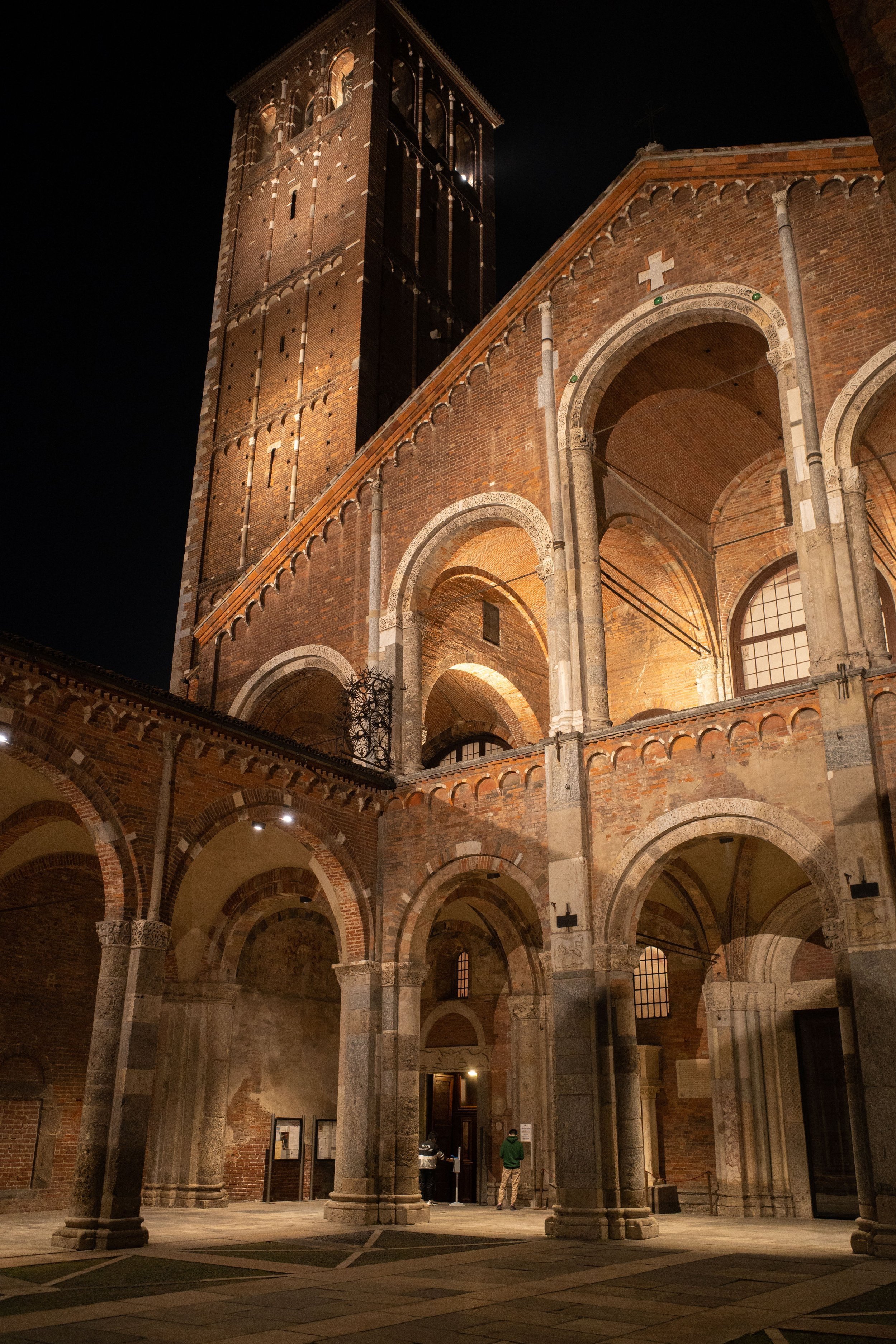
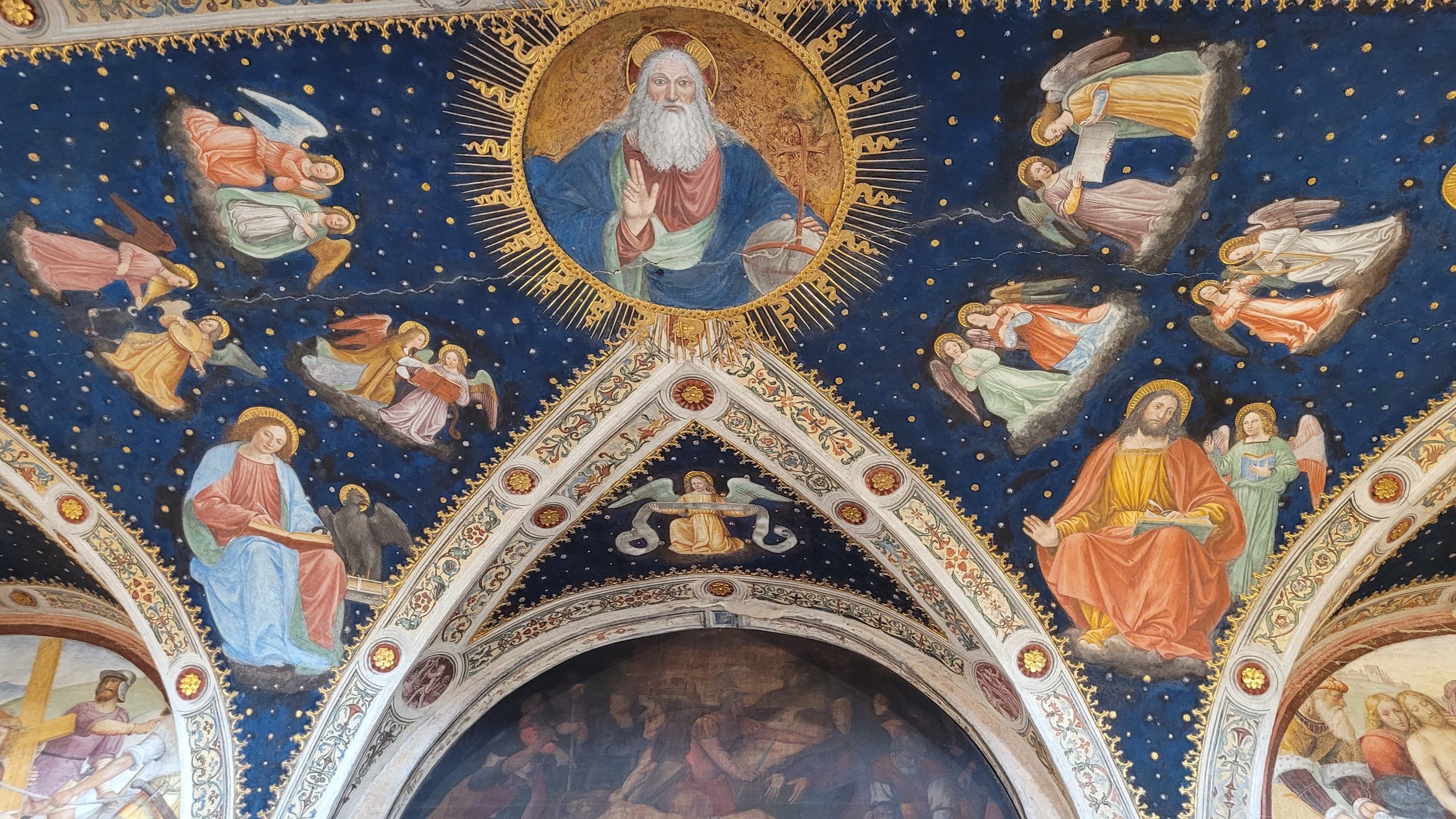
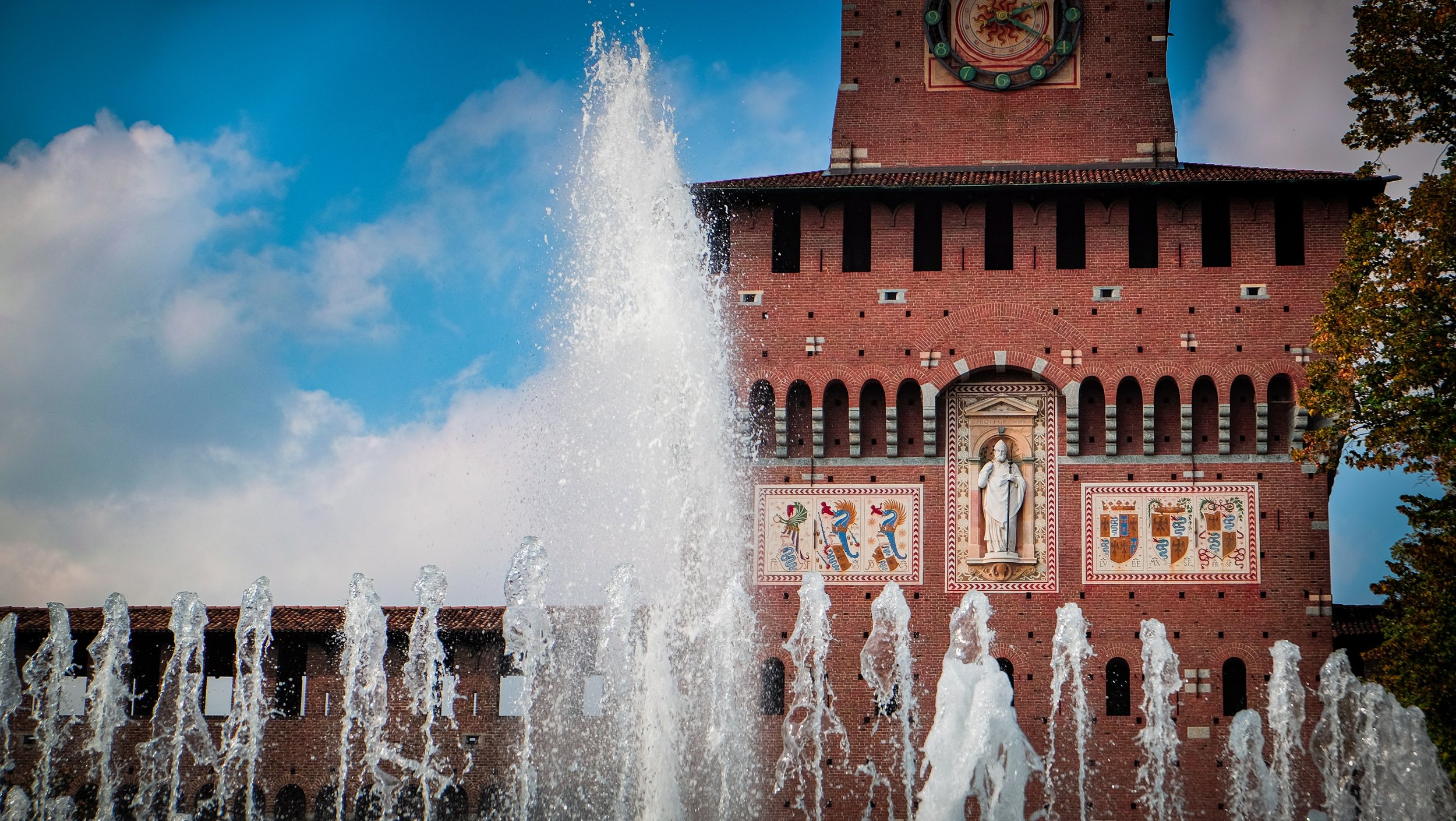
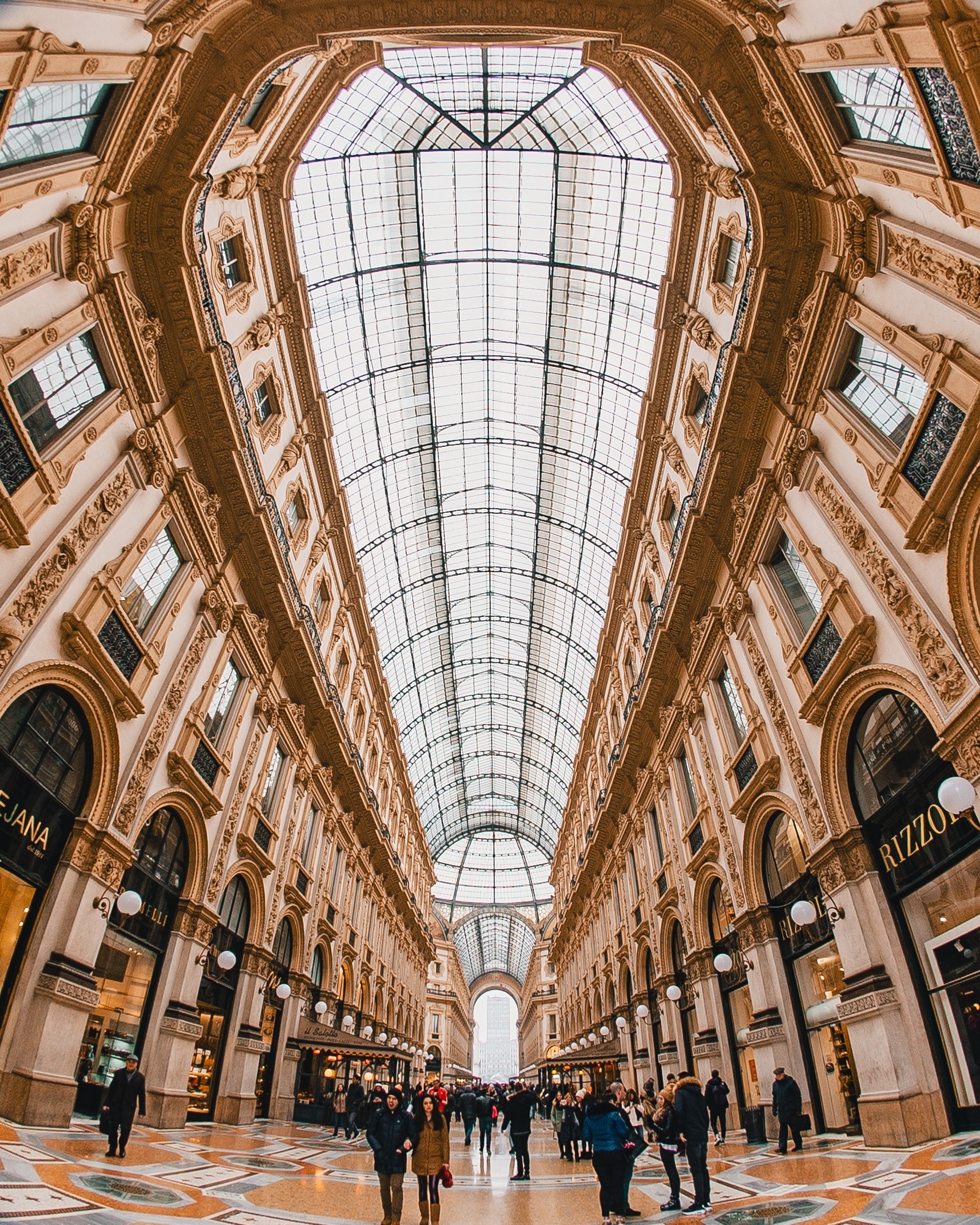
Suffice to say, an authentic slice of panettone is possible in Canada. But what if you want the full Milanese Christmas experience? Vanya Mavrodieva, a Milan-based travel designer and founder of Design Your Italy, advises not to miss the kickoff to the Christmas season with the celebration of Sant’Ambrogio (the city’s patron saint ) on December 7. “This day is an official holiday for the Milanese and comes with a closure of offices and schools so that residents can participate in century-old traditions.” Starting inside the Basilica of Sant’Ambrogio, which preserves the remains of the saint who died in 397 AD, the archbishop addresses a speech to the city during the mass. Then, a walk towards the Sforza Castle area where the ancient Milanese Christmas Market Oh, Bej! Oh Bej! ( meaning “how nice”) takes place. “Here, colourful stalls dedicated to artisan and traditional food products all heighten the Christmas spirit in anticipation of lighting up the splendid Christmas tree in Piazza Duomo,” explains Mavrodieva.
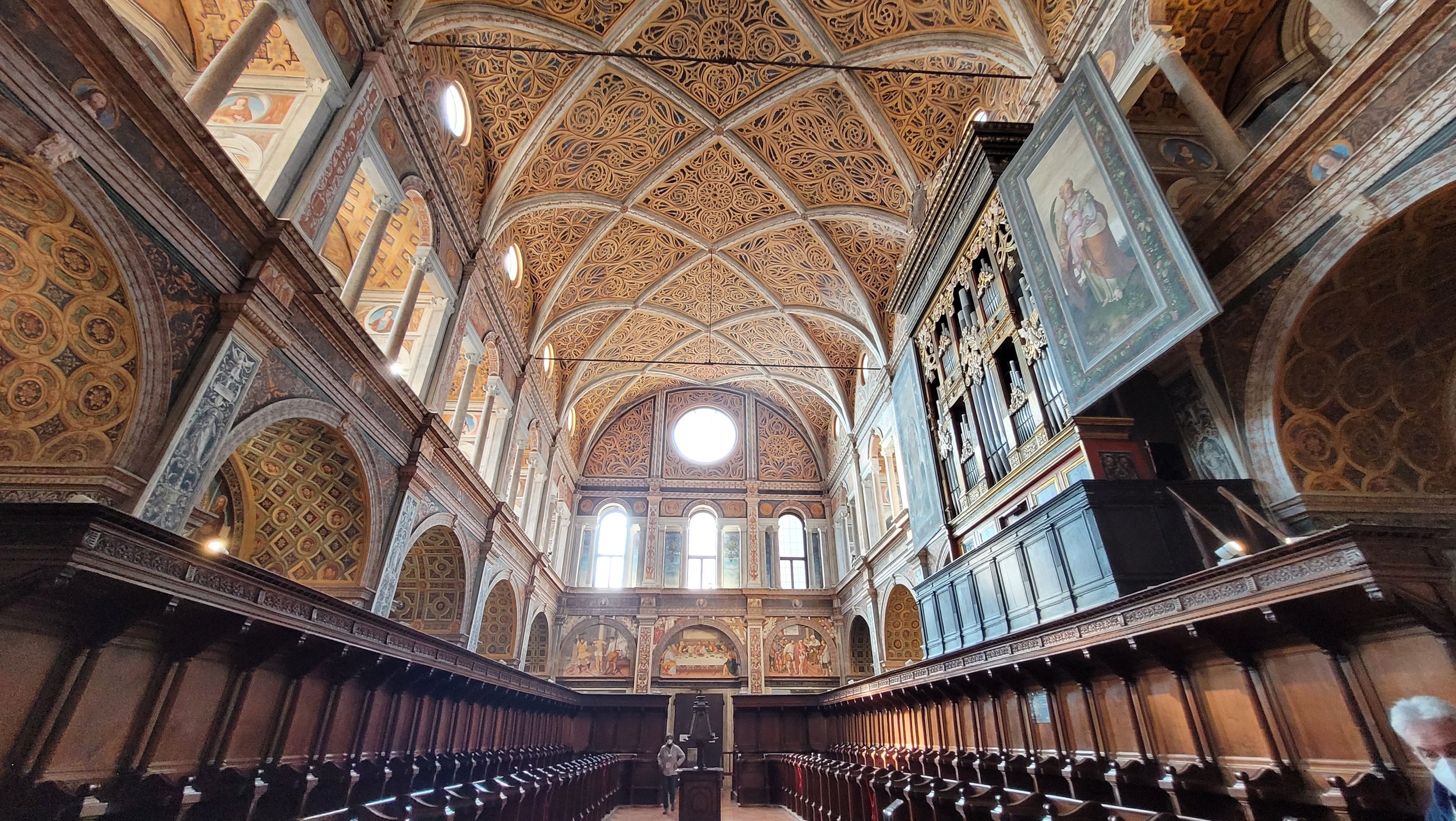
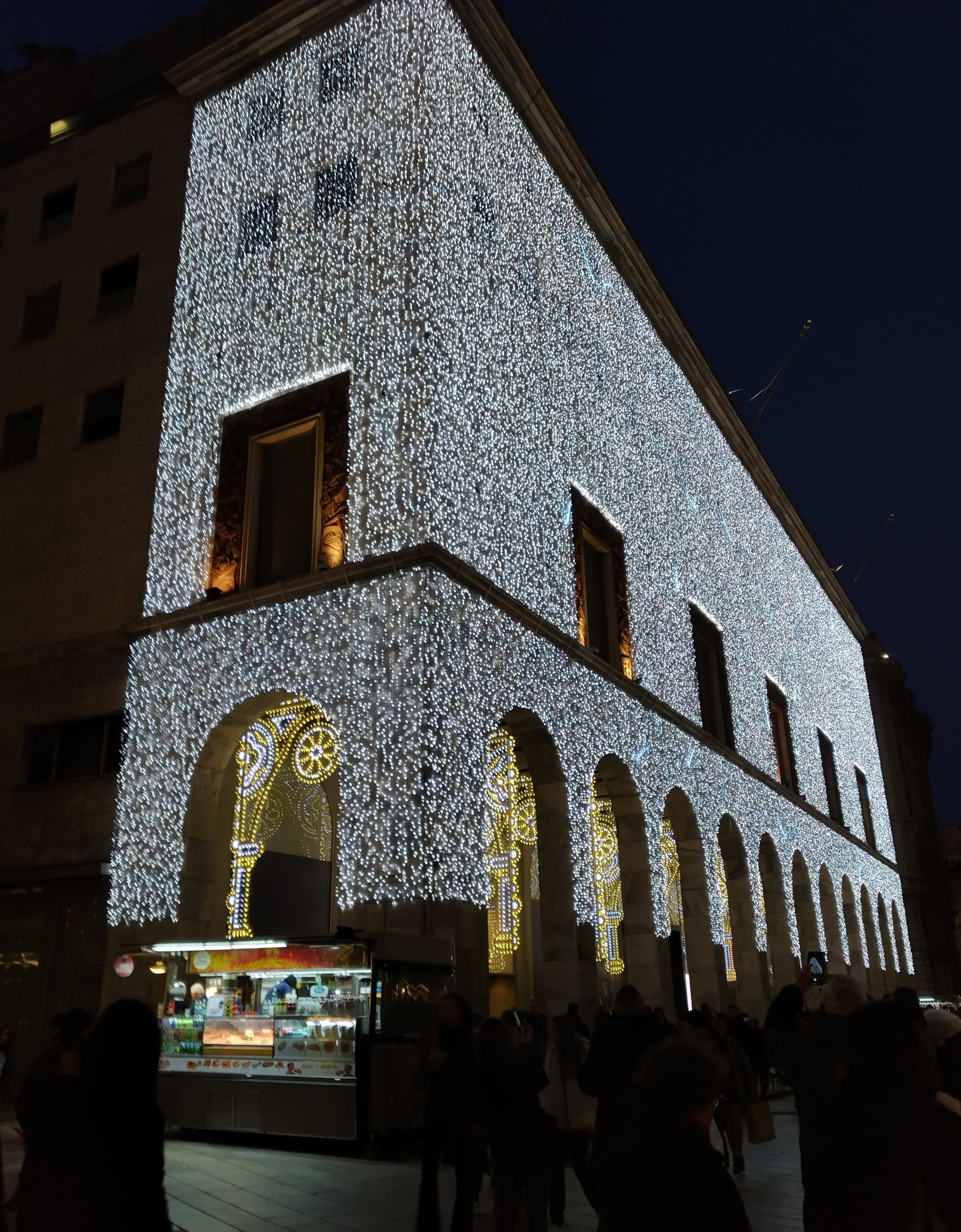
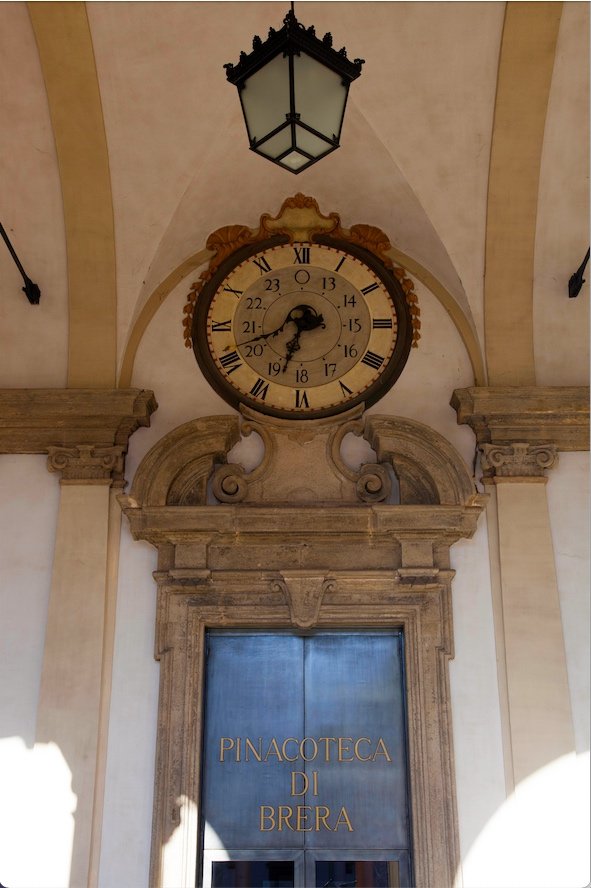
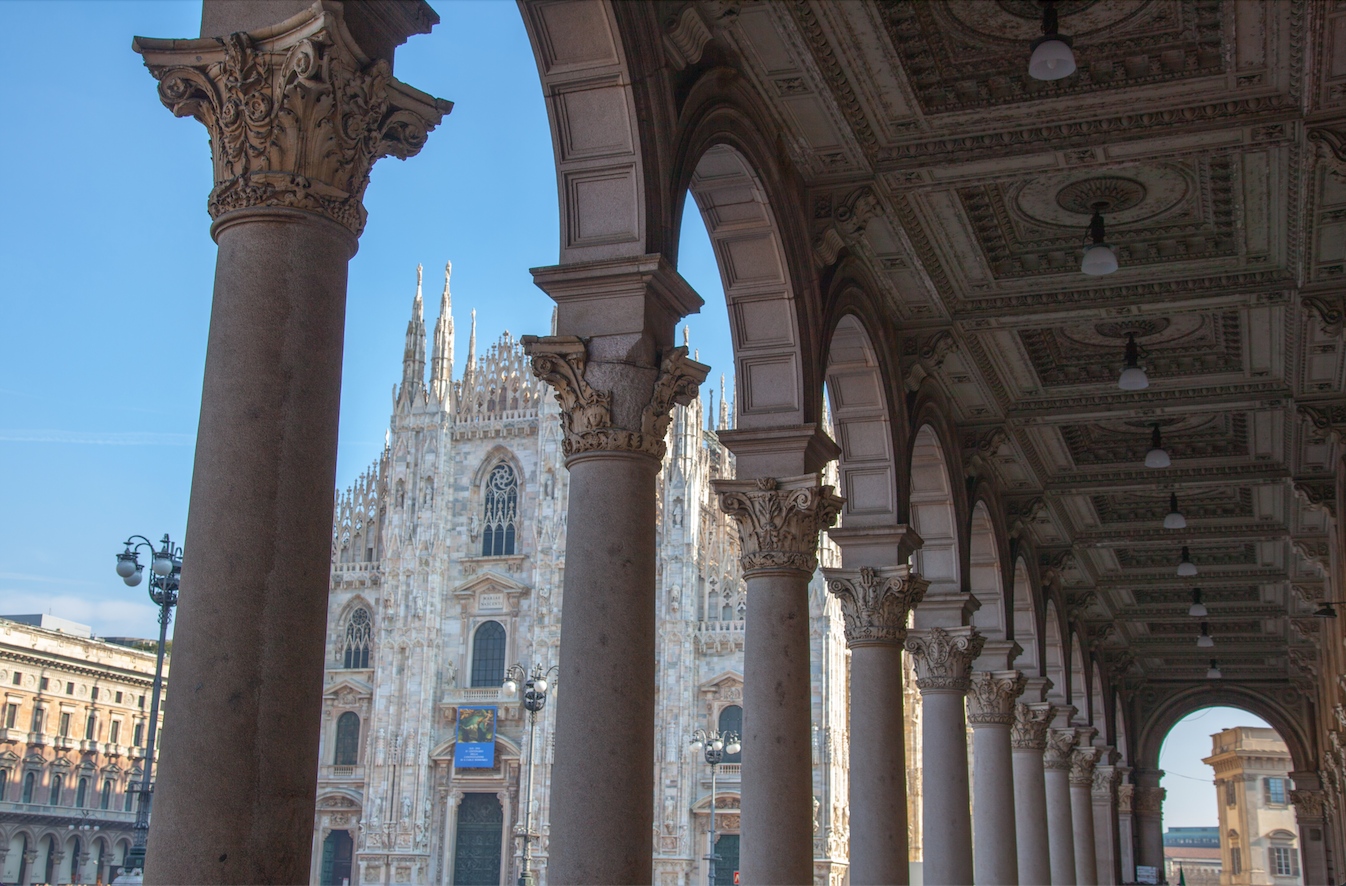
Artisanal Tour of Panetùn
A tour of the capital of panettone and its historic landmarks during the Christmas period would not be complete without stepping into the pastry shops that continue to preserve the tradition of the classic Christmas bread. “It’s impossible not to mention the pastry shop Cova, in the heart of the city’s upscale shopping district known as the Quardrillattero della Moda, which has over 200 years of panettone making,” says Mavrodieva. The pastry shop is not only famous for the sublime sweet cake; Cova was (and still is) an institution in the city hosting the high society of Milan and the patriots who were against Austrian power. “Names like Giuseppe Verdi and Ernest Hemingway were amongst the visitors to Cova, which is in close proximity to La Scala Theatre as well as the Brera district with the amazing Pinacoteca housing numerous masterpieces.”
Team Panettone: Want an artisanal panettone tour of Milan?
HERE ARE MY TOP 5 PASTICCERIE TO VISIT
Vergani: Corso di Porta Romana, 51
Cova: Via Monte Napoleone, 8
Marchesi: Galleria Vittorio Emanuele II
Sant’Ambroeus: Corso Giacomo Matteotti, 7
Peck: Via Spadari, 9
What if… you are on team pandoro?
Next week we travel to Verona where the golden bread was born in 1894.
Whichever “pan” you prefer, leave a comment below and let me know.




